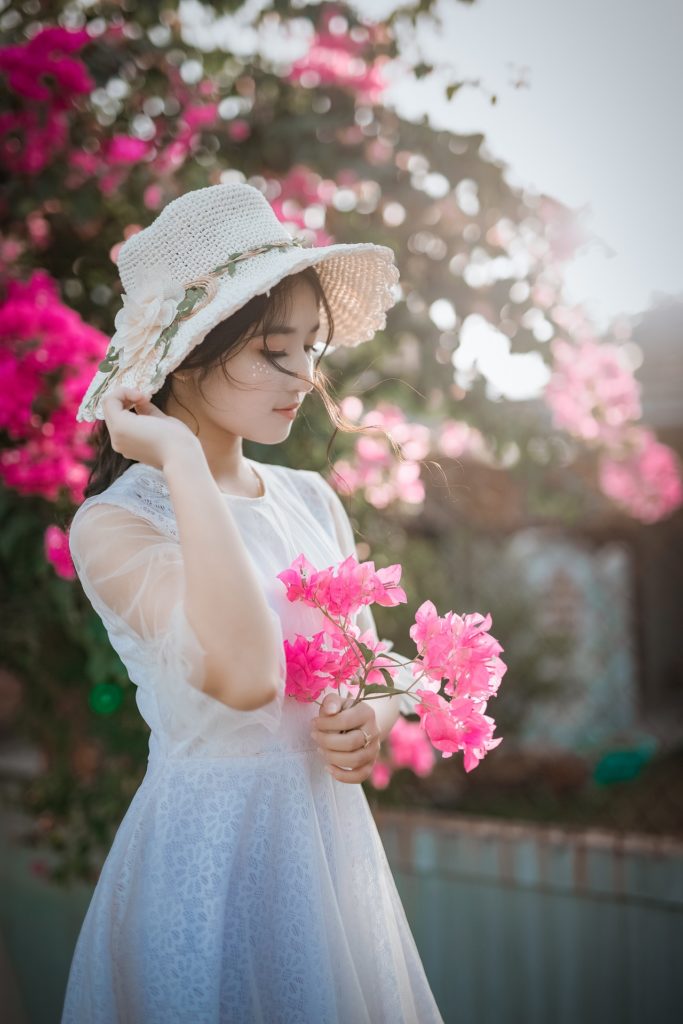Discover Today’s Popular Asian Beauty Treatments

The quest for beauty transcends all countries and cultures. However, Asians are best known for the extra attention they pour into skincare and beauty treatments.
I can attest to the fascinating beauty scene in some Asian countries like Thailand and Korea.
The infamous 10-step Korean skincare routine that promises glass skin quality and permeated through Western countries is a good example.
Here, I’ll talk more about the other effective Asian beauty treatments that are fairly easy to perform.
Thai’s Slap Facial
Thailand’s massage technique made a buzz online for the rather unconventional way of achieving beautiful skin.
I read an article that explains slap facial’s chopping motions, which are actually performed along a person’s energy points or “sen”.
The face has sen and so the moderate and controlled slapping on the facial energy line only makes sense.
The goal of the massage is to improve the blood flow in the area, thus reinvigorating the skin.
California clinics are adopting a version of this technique while other experts remain skeptical. While this may just be a fad, I am inclined to try at least one session.
Thai’s Snail Facials
I’ve heard of the worst, like using bird’s poop as masks for the delicate facial skin. But snail mucus is tolerable.
In fact, snail mucin is commonly found in Korean masks and creams for dark spot correction.
Mucin is rich in glycolic acid that aids in collagen and elastin production, thus correcting pigmentation and hydration problems.
The use of snail mucin is rampant in countries like Australia and New Zealand where weather conditions range from extremely hot and humid to extremely cold within a day. I already purchased one and can’t wait to use it.
Chinese Crystal Rollers
Chinese folks are particularly fond of using jade rollers for facial massage and the beauty secret is said to have existed for over centuries. Jade brings calmness and relaxation.
Thus, facial jade rolling is expected to not only reduce puffiness and eliminate toxin, but also brighten up the person’s face. It relieves physical muscle tension, even psychological tension.
The Asian fascination for crystals seeps into the Western beauty fabric. I noticed how major beauty brands are now infusing other crystals into their products, believing that the energies will be passed on to the user.
The Australian supermodel, Miranda Kerr, has an organic beauty company Kora that sells highlighters and luminizers with rose quartz powder. The products promise to increase natural radiance.
Ayurvedic Dry Brushing
Dry brushing is practiced nearly everywhere. But it actually originated in Hindu traditional medicine.
Using soft-bristled brush, sponges, or silk gloves, dry brushing creates sweeping circular motions towards the heart just before bath time.
This technique significantly improves lymphatic circulation and rubs off dead skin cells, leaving you with smooth and soft skin.
Asians’ emphasis on circulation, as manifested in different techniques, makes me want to focus more on DIY massages and exfoliation.
The Japanese have their Tanaka Facial Massage that slims down and contours the face naturally. I found a Chinese beauty therapist near me with a line of smiling clients. I may as well give it a try.
Japanese’ Rice Wash
Kitchen remedies for beauty are no big surprise. I’ve used lemon on my elbows, honey and oats paste on my face, and coconut milk on my hair. But using rice wash for face and hair rinse is relatively a new idea.
But the Japanese are believed to have used fermented rice water (stored for 12 to 24 hours) to keep their long, silky black hair healthy and beautiful during ancient times.
This habit presumably keeps strands from premature graying as well. On skin, rice wash prevents breakouts and minimizes pores.
I’ve read several blogs describing the effectiveness of the Japanese technique when done regularly. Fermentation brings out the vitamins and minerals present in rice.
If you linger a little more in Google, you’ll find a great deal of other Asian beauty secrets that date as far as ancient history.
I suggest you don’t readily fall into following trends but back your search findings with research and reviews. Surely, no one likes to endure a tragic beauty mishap.


